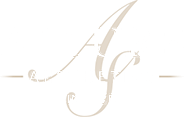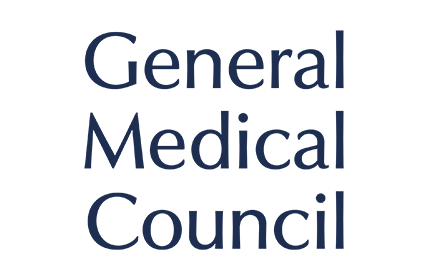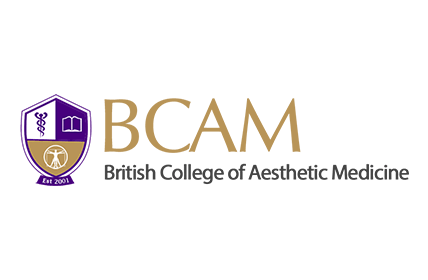Botox is widely used in the lower face to improve facial appearance.
The aging process can affect the muscles of the lower face, contributing to changes in facial appearance.
The Chin
The mentalis muscle of the chin undergoes atrophy, a natural process where muscle fibers decrease in size and strength. Reduced muscle tone can lead to changes in the contour and firmness of the chin area. As the mentalis muscle weakens, dynamic wrinkles, often referred to as “chin dimples” or “orange peel chin,” become more noticeable. These wrinkles are accentuated during facial expressions, particularly when pursing the lips or making certain expressions involving the chin. The aging process also involves a reduction in skin elasticity and collagen production.
Changes in the mentalis muscle can affect the overall lower facial contour, potentially leading to a less defined jawline and chin. This can contribute to a perceived loss of firmness and youthfulness in the lower face.
This treatment can be combined with chin filler to further improve lower face contour and balancing.
Corners of the mouth
The DAO muscle, or depressor anguli oris muscle, is a facial muscle located around the mouth area. It plays a significant role in facial expressions and is involved in movements related to the lips and corners of the mouth.
The aging process can affect the appearance of the DAO muscle and surrounding facial structures. Changes may contribute to the development of marionette lines, the lines that extend downward from the corners of the mouth.
Botox in these muscles can help to relax the downward pull, for a more lifted and youthful appearance.
This treatment can be combined with marionette filler to further improve lower face contour and balancing.


